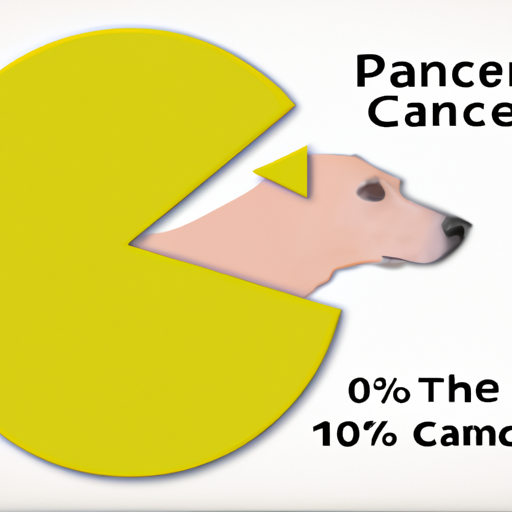Our canine companions are more than just pets; they’re family. And just like any family member, we worry about their health and well-being. One of the most prevalent concerns is cancer, a disease that affects not only humans but also our furry friends. But exactly what percent of dogs get cancer? In this comprehensive guide, we will delve into the statistics, types of canine cancer, preventative measures, and treatment options.
Table of Contents
- Statistics on Canine Cancer
- Common Types of Cancer in Dogs
- Risk Factors and Preventative Measures
- Treatment Options and Prognosis
- Frequently Asked Questions
Key Takeaways
- Cancer is a leading cause of death in dogs, particularly in older ones.
- Certain breeds are more susceptible to certain types of cancers.
- Regular vet check-ups, a healthy diet, and exercise can help in prevention.
- Treatment options vary depending on the type and stage of the cancer – they can include surgery, chemotherapy, radiation therapy, and immunotherapy.
- Early detection can significantly improve a dog’s prognosis.
Statistics on Canine Cancer
According to the Veterinary Cancer Society, approximately one in four dogs will develop cancer at some point in their life, with over 50% of dogs over the age of 10 being diagnosed with cancer. This translates to nearly 25% of the canine population, a significant and worrying percentage. For more detailed statistics, you can visit this resource.
The rates, however, vary widely depending on the breed, size, and age of the dog. For example, golden retrievers have an exceptionally high cancer rate of nearly 60%, while the percentage in other breeds might be significantly lower.
Common Types of Cancer in Dogs
There are several types of canine cancers, but some are more prevalent than others:
- Lymphoma: This affects the lymph nodes and is common in breeds like Boxers, Basset Hounds, and Saint Bernards.
- Mast cell tumors: This skin cancer is often found in Boxers, Boston Terriers, and Bulldogs.
- Osteosarcoma: This bone cancer is common in large and giant breeds like the Great Dane and Irish wolfhound.
For more information on different types of canine cancers, this article is a great resource.
Risk Factors and Preventative Measures
While there’s no surefire way to prevent cancer in dogs, there are measures you can take to minimize the risk. Regular vet check-ups are crucial for early detection. A healthy diet and regular exercise can also contribute to overall health and longevity. For more tips on canine health, check out these articles.
Certain breeds are genetically predisposed to specific types of cancer. But other factors like age, weight, and exposure to harmful substances can also play a role. It’s vital to keep dogs at a healthy weight and limit exposure to known carcinogens like tobacco smoke, certain pesticides, and radiation.
Treatment Options and Prognosis
The treatment for canine cancer depends on the type and stage of the disease. Options can include surgery, chemotherapy, radiation therapy, and immunotherapy. Each treatment has its benefits and risks, which should be discussed thoroughly with a vet.
Early detection is crucial in managing canine cancer. It can lead to more effective treatment and a better prognosis. The survival rate varies greatly depending on the type of cancer and the stage at which it’s diagnosed.
Frequently Asked Questions
1. What are the signs of cancer in dogs?
Symptoms can vary greatly depending on the type of cancer, but common signs include abnormal lumps, sores that don’t heal, weight loss, loss of appetite, bleeding or discharge, difficulty breathing, and lethargy.
2. Can a dog live with cancer?
Yes, many dogs can live with cancer for months or even years, depending on the type and stage of the cancer and the treatment received. Check out this guide for more on living with a dog diagnosed with cancer.
3. Should I get my dog screened for cancer?
Routine vet check-ups are crucial for early detection of cancer and other diseases. If your dog is of a breed with a high predisposition to cancer or is getting older, you might want to discuss additional screenings with your vet.
In conclusion, cancer is a significant health concern for dogs, but with regular vet check-ups, a healthy lifestyle, and early detection, it can be managed effectively. It’s our responsibility as caregivers to ensure our furry friends lead happy, healthy lives. For more information on how to care for a dog diagnosed with cancer, click here.



